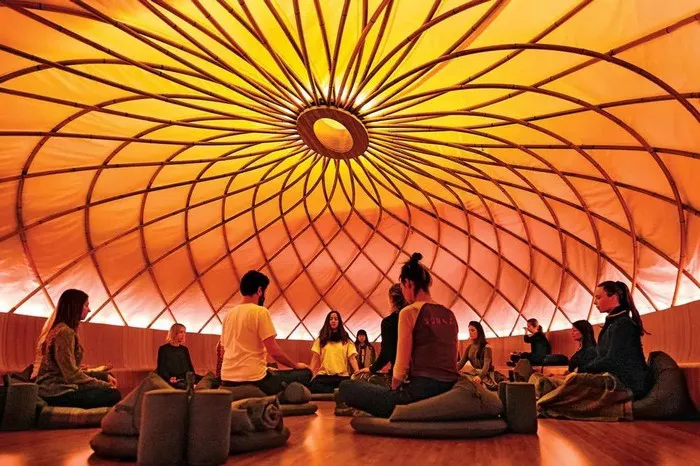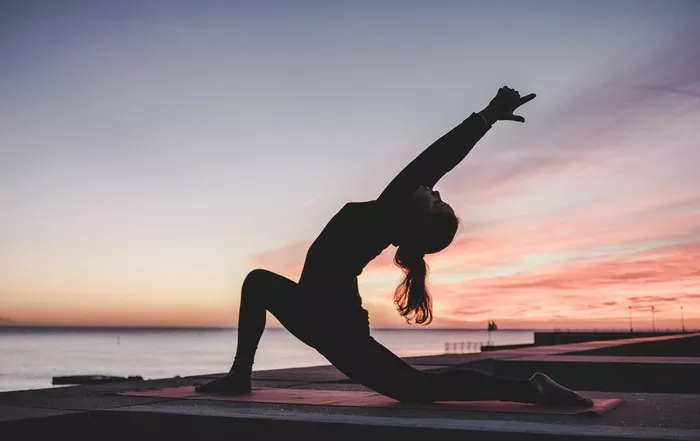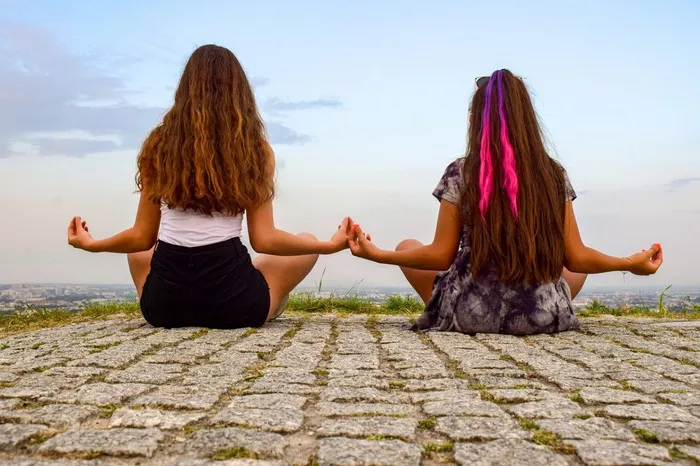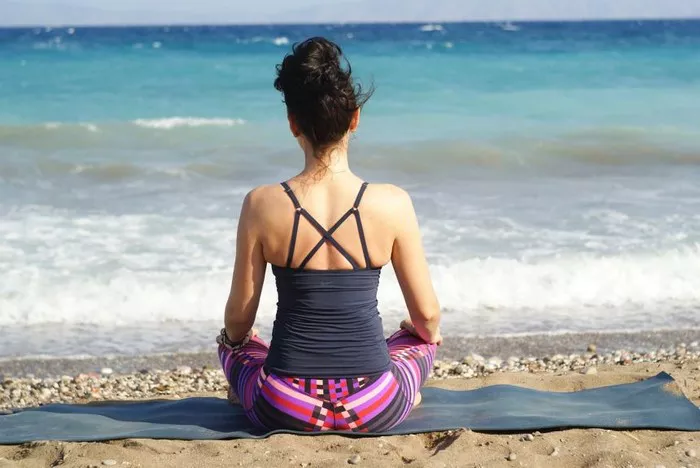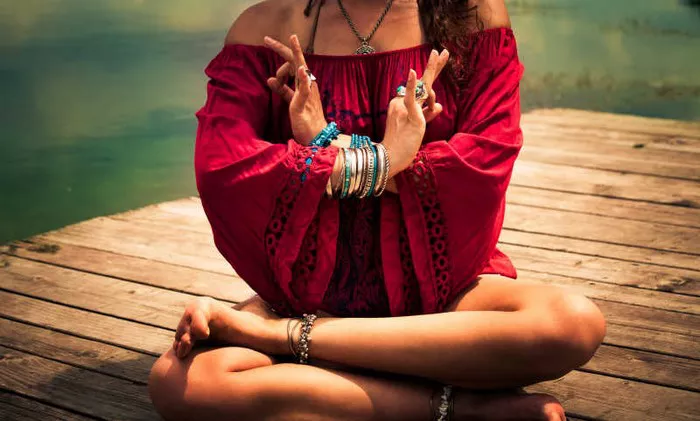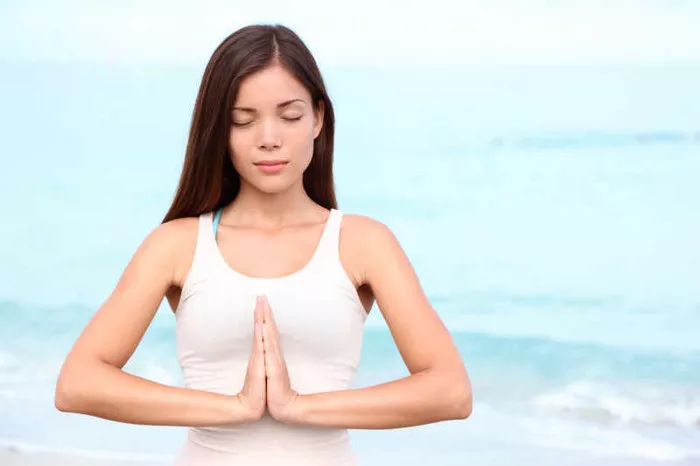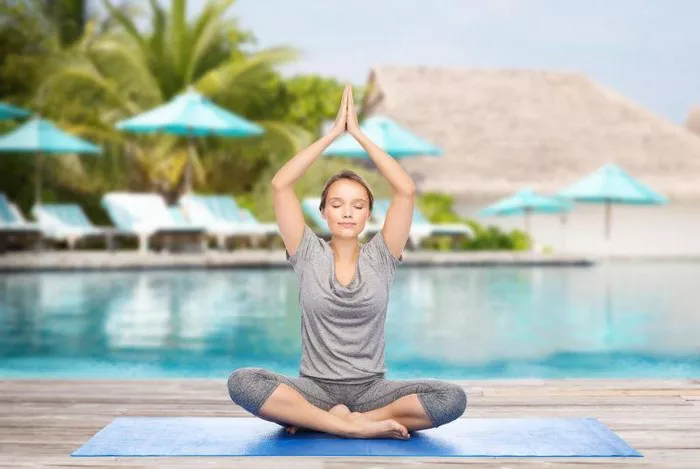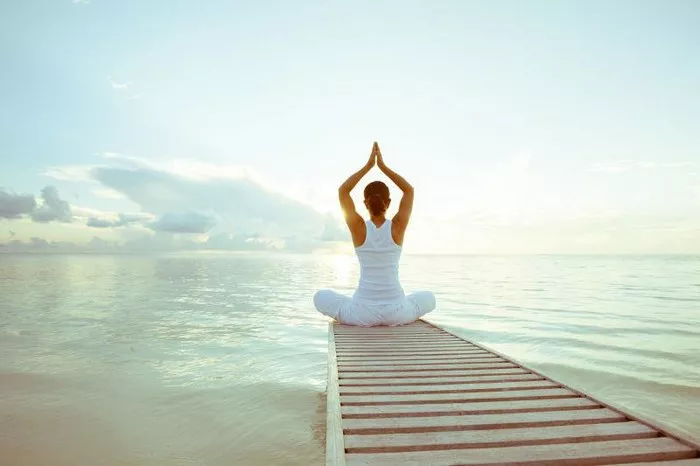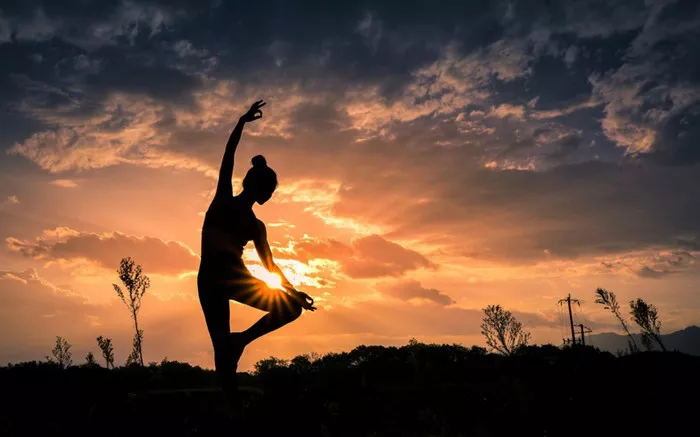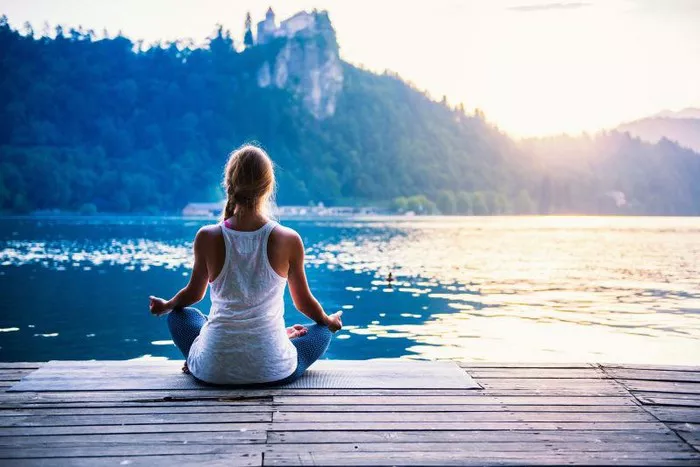Anxiety is one of the most prevalent mental health conditions in the modern world. It affects millions of people across all age groups, often diminishing the quality of life by instilling persistent worry, fear, and uneasiness. While traditional treatments such as psychotherapy and medication play a crucial role in managing anxiety, alternative and complementary practices like yoga are gaining recognition for their holistic benefits. As a seasoned yoga instructor with years of experience guiding individuals through the healing process, I have witnessed firsthand the transformative power of yoga in alleviating anxiety.
In this article, we will explore how yoga can help cure anxiety—not by providing a quick fix, but by addressing its root causes and empowering individuals to cultivate inner peace, resilience, and mental clarity. We will delve into the physiological, psychological, and spiritual dimensions of yoga, and how different styles and techniques can specifically target anxiety symptoms.
Understanding Anxiety
Before we explore how yoga helps, it is important to understand what anxiety is. Anxiety is the body’s natural response to stress. It is characterized by feelings of tension, worried thoughts, and physical symptoms like increased heart rate, rapid breathing, and muscle tension. While occasional anxiety is normal, chronic anxiety can interfere with daily functioning.
Anxiety disorders, such as Generalized Anxiety Disorder (GAD), panic disorder, social anxiety, and phobias, involve more than temporary worry or fear. They persist and can grow worse over time if untreated. The causes are multifactorial and include genetics, brain chemistry, personality, and life events.
The Role of Yoga in Mental Health
Yoga is more than just a physical exercise; it is a comprehensive discipline that integrates the body, mind, and spirit. Rooted in ancient Indian philosophy, yoga encompasses physical postures (asanas), breath control (pranayama), meditation (dhyana), ethical disciplines (yamas and niyamas), and spiritual practices aimed at achieving union and balance.
When applied consistently and thoughtfully, yoga can:
- Regulate the nervous system
- Reduce stress hormones such as cortisol
- Improve sleep quality
- Enhance mood and emotional stability
- Promote mindfulness and self-awareness
Scientific Evidence Supporting Yoga for Anxiety
Modern scientific studies support the effectiveness of yoga in reducing anxiety. A meta-analysis published in the journal PLOS ONE in 2020 found that yoga interventions led to significant reductions in anxiety levels, particularly when practiced over a period of 6 to 12 weeks. Another study published in The Journal of Clinical Psychology found that yoga was as effective as cognitive behavioral therapy (CBT) in managing anxiety symptoms in some individuals.
MRI studies have shown that yoga and meditation can alter brain structure and function, increasing gray matter density in areas associated with self-regulation, attention, and emotional processing. These neurological changes reflect the calming and centering effects that yoga practitioners often report.
How Yoga Addresses the Root Causes of Anxiety
Yoga does not merely suppress anxiety symptoms; it fosters long-term healing by addressing underlying causes. Let us examine how it accomplishes this through various components:
1. Physical Postures (Asanas)
Practicing asanas helps release physical tension stored in the body. Gentle and restorative poses such as Child’s Pose (Balasana), Legs-Up-The-Wall Pose (Viparita Karani), and Reclining Bound Angle Pose (Supta Baddha Konasana) promote deep relaxation and activate the parasympathetic nervous system. More dynamic flows, such as Vinyasa or Hatha sequences, enhance circulation, build resilience, and encourage the release of endorphins, which are natural mood enhancers.
2. Breath Control (Pranayama)
Pranayama is a powerful tool for calming the mind and regulating emotions. Techniques like Alternate Nostril Breathing (Nadi Shodhana), Ocean’s Breath (Ujjayi), and the 4-7-8 method help to slow down the breath, reduce heart rate, and bring the mind into the present moment. Consistent pranayama practice fosters a sense of inner calm and clarity.
3. Meditation and Mindfulness (Dhyana)
Meditation is a cornerstone in the treatment of anxiety through yoga. By training the mind to observe thoughts without judgment, individuals learn to detach from anxious narratives and create mental space. Guided meditations, loving-kindness (metta) meditations, and mindfulness practices have shown remarkable success in reducing anxiety and increasing emotional resilience.
4. Ethical Living (Yamas and Niyamas)
Yoga’s moral code offers guidance for harmonious living. Principles such as non-violence (ahimsa), truthfulness (satya), and contentment (santosha) cultivate inner peace and reduce the internal conflict that often fuels anxiety. Living in alignment with these principles encourages a lifestyle that supports mental well-being.
5. Spiritual Connection and Purpose
Yoga encourages a deeper connection with the self and the universe. This sense of unity and purpose can be profoundly comforting to those who feel isolated or lost in their anxiety. Practices like chanting, mantra repetition, and devotional yoga (bhakti) offer spiritual nourishment and a path toward transcendence.
Choosing the Right Yoga Practice for Anxiety
Not all yoga styles are equally effective for anxiety. Gentle, restorative, and mindfulness-based practices are generally best suited for calming the nervous system. Recommended styles include:
- Restorative Yoga: Utilizes props to support the body in restful poses
- Yin Yoga: Involves long-held, passive stretches that release deep tension
- Hatha Yoga: Balances physical and breathing practices at a slow pace
- Kundalini Yoga: Combines movement, breath, and sound to uplift mood
- Yoga Nidra: A guided meditation technique known as “yogic sleep”
Incorporating Yoga into Your Daily Routine
To experience the full benefits of yoga for anxiety, consistency is key. Here are some tips:
- Start small: Even 10–15 minutes daily can make a difference.
- Create a sacred space: A calm, clean area enhances focus.
- Practice at the same time each day: This builds a habit and trains your body and mind.
- Use guided sessions: Beginners may benefit from online videos or in-person classes.
- Be patient: The effects of yoga are cumulative and deepen with time.
When to Seek Professional Help
While yoga can be incredibly beneficial, it is not a substitute for professional mental health treatment. Individuals with severe anxiety should consult healthcare providers and consider integrating yoga as a complementary practice. Yoga therapists, who are trained in both psychology and yoga, can offer tailored programs to support recovery.
Conclusion
Yoga is a time-tested path to inner peace and resilience, offering a gentle yet powerful antidote to anxiety. By harmonizing the body, breath, and mind, yoga addresses the root causes of anxiety and empowers individuals to reclaim a sense of balance and well-being. It is not merely an exercise, but a lifestyle and philosophy that invites us to live with greater awareness, compassion, and courage.
Whether you are new to yoga or a seasoned practitioner, incorporating yoga into your life can open the door to profound healing. With patience and dedication, it is entirely possible to transform anxiety into a journey of self-discovery and empowerment.
Related Topics:

